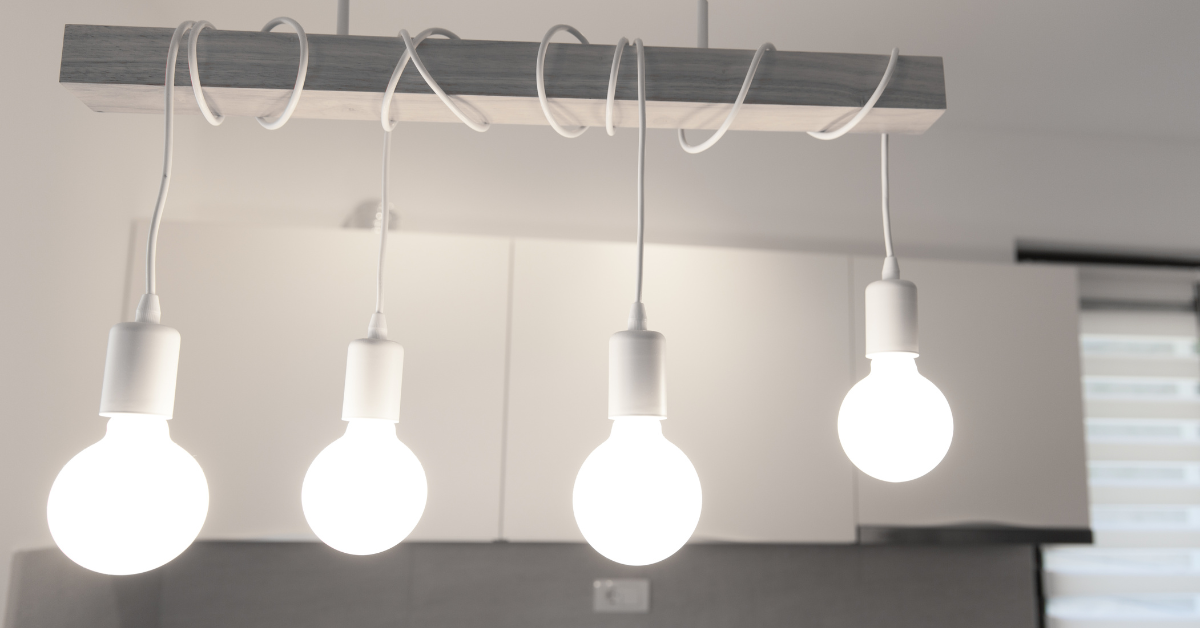In many households across the UK, LED lights have taken over as the preferred mode of lighting. It is projected that by the year 2030, LED lighting will have saved approximately 190 terawatt-hours of electricity every year. This can be equated to £15 billion in financial savings.
More homes and businesses are installing LED ceiling lights and getting rid of traditional lighting and we have come up with some key benefits as to why you should do so as well.
Work Well In Low Temperatures
We all know that LED lighting saves money, but did you know that they function well in low temperatures? LED ceiling lights adapt well to low temperatures compared to fluorescent lights. In low temperatures, a higher voltage is needed to power fluorescent lights and the intensity of light, which is best known as luminous flux, is reduced. LED ceiling lights, however, have higher and better performance when the temperatures are low.
As such, LED ceiling lights are a good fit for homes or premises in low-temperature regions or rooms fitted with refrigerators such as kitchens or businesses that have freezing and cooling areas. They’ll also work well in ceilings on the outer part of your home such as balconies.
No UV or IR Emissions
Incandescent lights convert less than 10% of their power to visible light. Most of their power is converted to radiated heat or infrared (IR). Ultraviolet radiation (UV) and excess heat possess a fire hazard to the people and things surrounding them. With LED lighting, this is much less of a concern. LED ceiling lights emit no UV or IR. The continuous development in the LED lighting technology with more focus being directed on improving the horizon have translated in low costs, making these lights more reliable than ever.
Reduction In Energy Costs
Once you install LED ceiling light fixtures, your office or home will notice a significant reduction in money spent on energy bills. This is because LED light fixtures use half the energy fluorescent lights need for the same job. In addition, ceiling LED lights are fully dimmable and can be incorporated with motion sensors and building controls to further minimise energy consumption.
In urban centres, people are now opting for smart and connected applications in their offices. In this way, LED ceiling lights are contributing favourably in terms of both high energy conserving and eyeful sense. These luminaires adorn your ceiling and make the surroundings even more appealing.
These are just some of the key benefits that making the switch to LED variants can give you. There are many reasons as to why you should be making the switch over to LED lighting products for your home or workplace. While LED lights are more expensive compared to other types of light bulbs when buying them off a shop floor, they are more cost-effective in the long run, considering its long lifespan and the amount of energy it needs to provide a certain level of brightness. LED lights are most certainly the best choice for the safety of our environment and for reducing your running costs, so make sure you contact us today if you are in need of installation aspects, no matter the difficulty.
The average LED light bulb that is used 5 hours per day will save £10-£20 pounds per year in energy costs versus an incandescent bulb. This means if you switched 10 light bulbs in your home for LED variants, you could be saving up to £200 each year in electricity. Residential LED lighting products use at least 75% less energy than incandescent or CFL lighting products. In fact, most LED light bulbs only use between two to 17 watts of electricity, which is around 60% to 90% lesser than incandescent or CFL lighting.
Make sure to check out our services page to find out more information on our LED lighting installations.

